Resources
Below are posts related to resources across all content areas.
 |
Make Your Own Puff Paint!Make your own puff paint using these simple recipes and you can create raised lines and simple tactile graphics for children who are blind or visually impaired. |
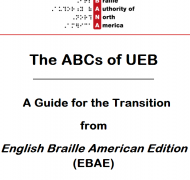 |
The ABCs of UEBThis new resource about Unified English Braille (UEB) provides examples and practice exercises. |
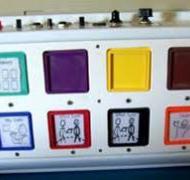 |
How to Write AT Goals in the IEP for Implementation & InstructionTVI Yue-Ting Siu shares an article about how to implement technology into practice and how to create IEP goals to facilitate the process. |
 |
Modelling the Adaptation of Mainstream Literacy LessonsModel lesson to demonstrate to a classroom teacher how to adapt the lesson content to meet the need of the child with visual impairment. |
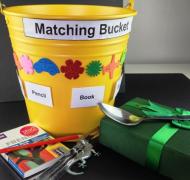 |
Matching Bucket ActivitySimple ideas to give young children who are blind or visually impaired practice matching and developing basic concepts |
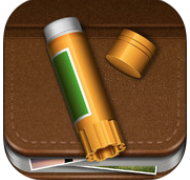 |
Story Creator AppThe Story Creator app is an excellent way to support children who are blind or visually impaired, including those with multiple disabilities, to create audio books. |
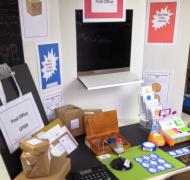 |
Post Office Activity: Support Literacy, Numeracy, and Social SkillsThis activity reinforces literacy, numeracy, and social skills through a post office game and related activities. |
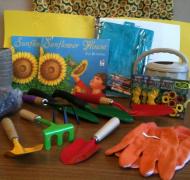 |
Creating Literacy Skills Kits to Target the Expanded Core CurriculumSeries of skill kits using children’s books, props, comprehension questions, and follow-up activities designed to target specific ECC skills for young children with visual impairments |
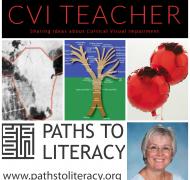 |
Welcome to the Web: “CVI Teacher” Blog!CVI Teacher is a website and blog offering strategies and resources for teachers and families of children with cortical visual impairment. |
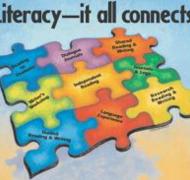 |
Literacy: It All ConnectsThis website has lots of ideas and resources for promoting literacy for students who are deaf or hard of hearing. |
 |
Strategies for Promoting Literacy Skills and Students with CVIDiane Sheline shares practical ideas for promoting literacy for children with Cortical Visual Impairment |
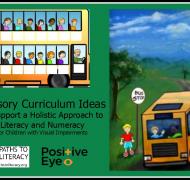 |
Sensory Curriculum Ideas to Support a Holistic Approach to Literacy and NumeracyIdeas for incorporating all of the senses in literacy and numeracy activities for children who are blind or visually impaired. |
 |
Dynamic Learning MapsTool to align goals for students with significant multiple disabilities with the essential elements of Common Core State Standards |
 |
Facial Expression Game with a Lazy SueThis activity supports the development of social interaction, as well as speaking and listening skills in children with visual impairments. |
 |
A Fun Social Skills Game: Guess the Message!This game board is designed to help students who are blind or visually impaired to develop social skills. |
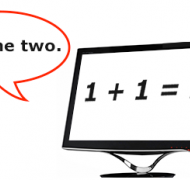 |
Screen Readers Don't Always Read What's On The ScreenFind out how punctuation marks and typographic symbols are handled by different types of screen reading software. |
 |
Case study: Holistic Approach to Braille Reading ReadinessThis case study of a young boy who is blind includes profile and background information, as well as suggested activities for braille reading readiness |
 |
Bring Your Mom to Braille Lesson DayHere's a creative idea for involving parents in learning more about braille and what their children are learning! |
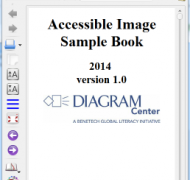 |
Accessible Image Sample BookLearn to create accessible versions of digital images, such as maps, charts, diagrams and photographs. |
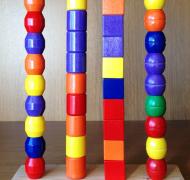 |
Make an Abacus: Supporting Understanding of Placement ValueLearn how to make your own abacus for students with visual impairments! |
